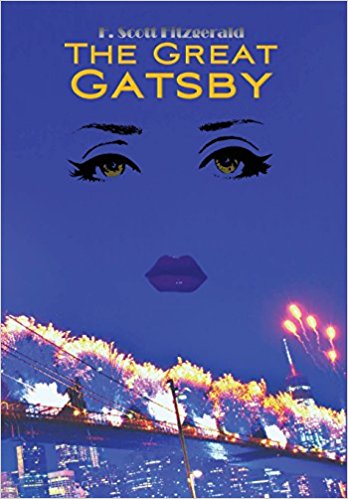Bill’s Pick(s)
August 2015
The Great Gatsby
F Scott Fitzgerald
and
So We Read On: How the Great Gatsby Came to Be and Why It Endures
Maureen Corrigan
Like a good doubleheader from baseball seasons past, this is a doubleheader for the summer reading season. The first book is an American classic that usually shows up on secondary school reading lists. The second book, a work of non-fiction, discusses the settings, facts, and author of that book.
The classic is F. Scott Fitzgerald’s The Great Gatsby (Charles Scribner’s Sons, 1925). Most of us probably read the novel long ago or saw one of the movie versions that tried to capture the essence of Gatsby and his crowd. But, Fitzgerald’s book from 1925 deserves another (or, for those who missed it, a first) read. It is filled with beautiful, evocative language, a memorable cast of Jazz Age characters, and issues and ideas that still resonate. The book lends itself, almost 100 years after its publication, to relevant discussion about the illusion of the American Dream, the effects of class, and the influence of money.
Nick Carraway, the honest Midwestern narrator, tells us what he knows about the Gold Coast of Long Island and its inhabitants: Daisy, lovely but superficial; Tom, her wealthy, racist, bullying husband; Jordan, their golfer friend who cheats and lies; and Gatsby. Nick travels by train to New York City, attends Gatsby’s glittering and wild parties, meets Tom’s mistress in her overstuffed New York apartment, and, with Gatsby, meets a gangster who sports cufflinks fashioned out of human teeth. He hears the rumors and sees the carelessness of their lives.
Through it all, Jay Gatsby remains the ultimate optimist. Despite his shady background and connection to bootleggers, it is easy to like Gatsby, to root for him, and even to hope his dream is not an illusion.
In So We Read On: How the Great Gatsby Came to Be and Why It Endures (Little, Brown and Company, 2014), Maureen Corrigan, an NPR book critic, admits that when she read the novel in high school she did not like it at all. Now, however, she explains it is a work that she loves. Her enthusiasm is obvious.
Corrigan travels Fitzgerald’s path to the shores of Long Island, visiting the novel’s settings as well as places the author lived or visited. She researched Fitzgerald’s papers at Princeton and even endured a Gatsby boat tour. Corrigan elucidates wonderful facts and shares clever opinions about the author and his novel. Her personal experiences and observations make this book – part history, part literary criticism and part memoir – come alive. Corrigan’s ultimate message: Read Gatsby again. And, maybe, even again.
